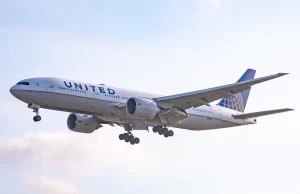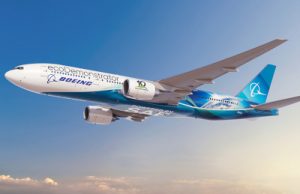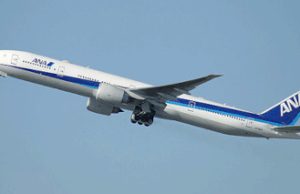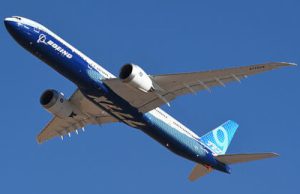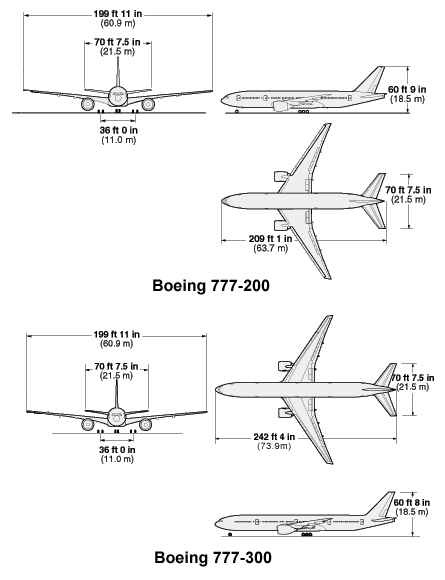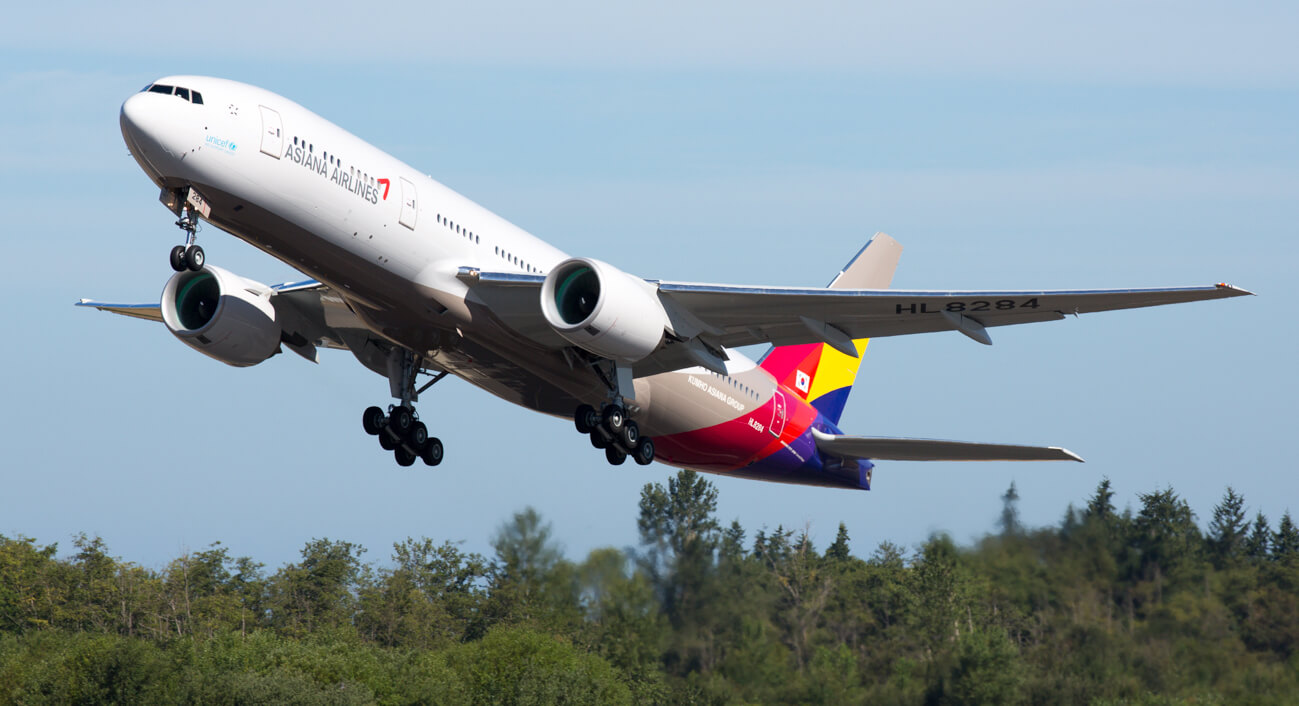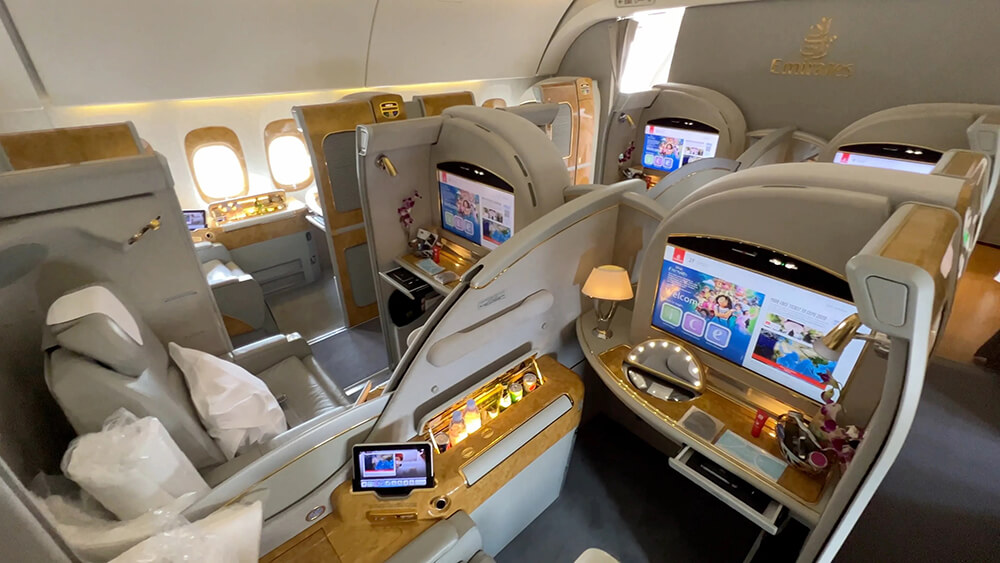777-200ER
The primary distinction between the Boeing 777-200 and the 777-200ER (where ‘ER’ signifies ‘extended range’) lies in the extended range and increased maximum takeoff weight of the 777-200ER. Serving as Boeing’s inaugural B Market 777, the 777-200ER targeted international airlines specializing in transatlantic routes.
The 777-200ER, initially known as the 777-200IGW (Increased Gross Weight), was designed for long-distance flights, with a higher MTOW of 658,000 lbs and more powerful engines (93,700 lbf), providing a range of 7,065 nautical miles. British Airways received the first one on Feb 6, 1997, and it was used by 33 customers with 422 deliveries, all fulfilled by 2019.
777-200LR
The 777-200LR, known as the “Worldliner,” debuted in 2006, setting records for long-haul flights. With a maximum range of 8,555 nautical miles, it was designed for ultra-long-haul routes like Los Angeles to Singapore. It boasts features like increased MTOW, auxiliary fuel tanks, raked wingtips, and GE90-110B1 or GE90-115B engines. In total, 61 aircraft were delivered to 12 different customers, with Emirates operating the most at 10.
777-300
Introduced at the 1995 Paris Air Show, the Boeing B777 major assembly began in 1997. Designed for expansion, it could add up to 60 seats for a total of 370 in tri-class or even more in two classes. This 33-ft stretch was accomplished by modifying fuselage frames. It has a range of 6,005 nautical miles with 368 passengers. A total of 60 -300 aircraft were delivered to eight customers, 48 of which were in service in 2018. The last -300 was delivered in 2006, while the longer-range -300ER began deliveries in 2004.
777-300ER
The 777-300ER, or “ER” for Extended Range, offers a range of 7,370 nautical miles with 396 passengers in a two-class layout. It features enhanced wingtips, a strengthened body, and modified landing gear, powered by the GE90-115B, the world’s most powerful jet engine. Launched in 2004, it has become the best-selling 777 jet variant.
777 Freighter
The 777 Freighter (777F) shares commonalities with the -200LR, including the airframe, engines, and fuel capacity. It can carry a maximum payload of 228,700 lbs and has a range of 9,750 nautical miles. The 777F offers enhanced features, such as a dedicated supernumerary area with business-class seats, making it an economical choice for airlines replacing older freighters. Air France received the first 777F in 2009. By April 2021, 247 freighters were ordered by 25 customers, with 202 in operation as of 2018.
777-300ER Special Freighter (SF)
In 2018, Boeing considered converting 777-300ERs for lighter cargo. In October 2019, Boeing and IAI launched a program to turn passenger 777-300ERs into cargo planes. IAI converted its first in June 2020, with Kalitta Air as the launch operator in 2023. The converted planes can carry up to 224,000 pounds of cargo and fly up to 4,500 nautical miles, offering more space than regular 777F planes. By March 2023, IAI had completed the first flight of a converted 777-300ER with orders for over 60.
777X
The 777X, introduced in November 2013, boasts new GE9X engines and composite wings with folding wingtips. It has two models: the 777-8 (384 passengers, 8,730 nautical miles range) and the 777-9 (426 passengers, 7,285 nautical miles range). The 777-9 first flew in January 2020, with deliveries initially expected in 2022 or 2023, later pushed to 2025. Boeing has also considered a longer 777-10X, 777X Freighter, and 777X BBJ versions.

